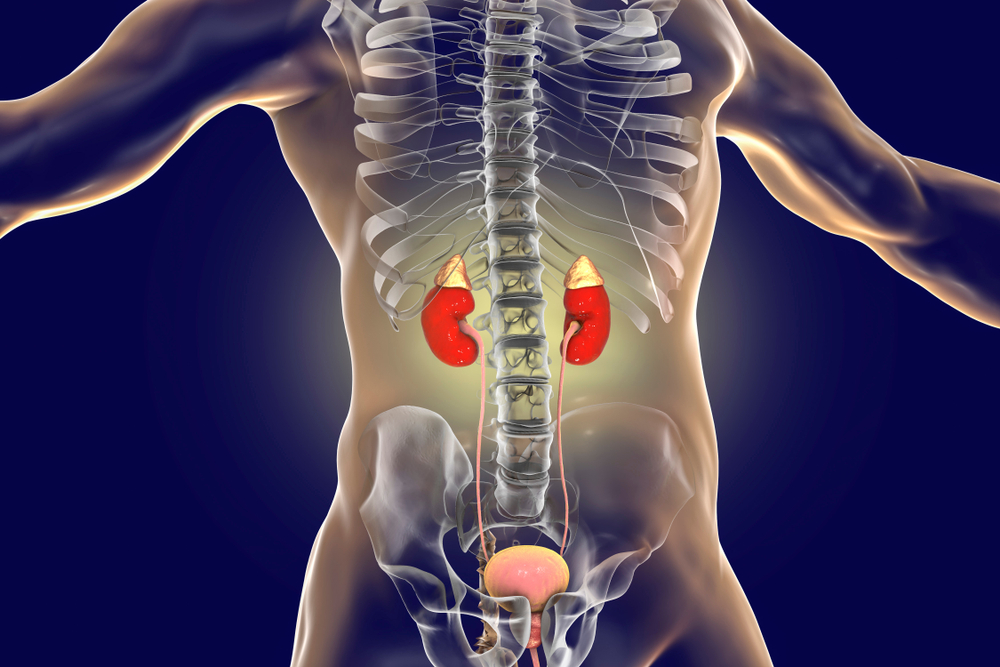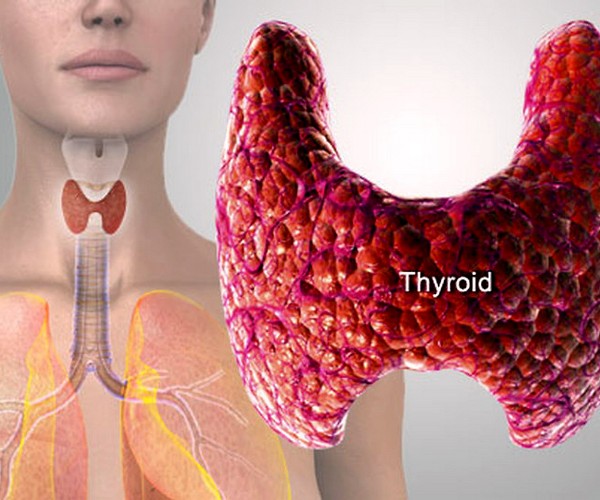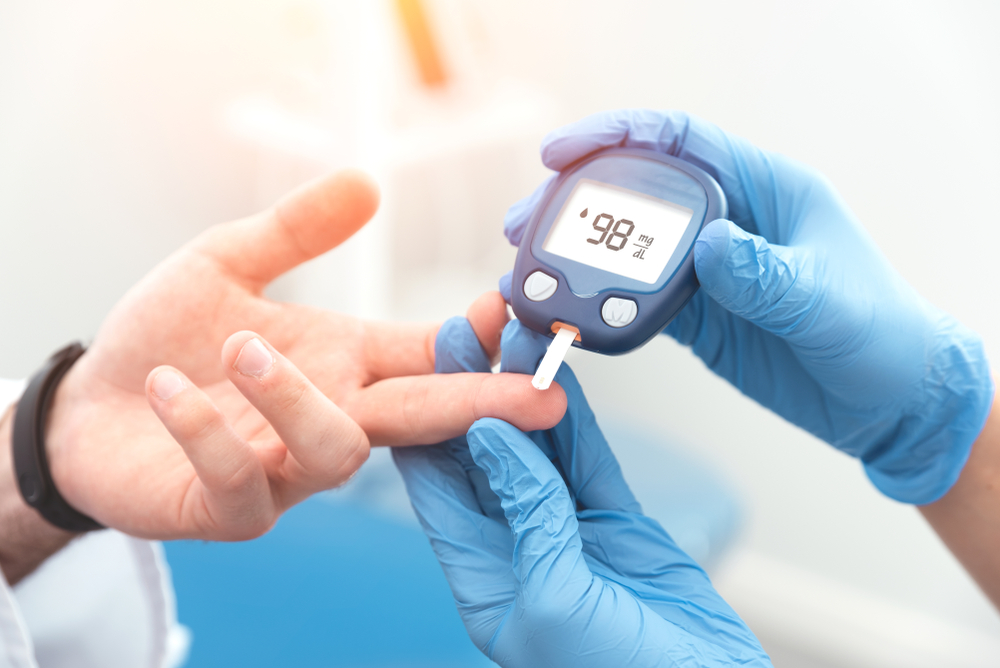Sitting for too long in front of a computer screen, TV, smartphone or tablet or playing playstation, especially with a high-calorie snack in hand, puts children and adolescents’ fitness and health at risk.
A conclusion that certainly is not surprising and could have been easily predicted even without doing an ad hoc study that comes from theEndocrine Society‘s congress, ENDO 2019, held in New Orleans, USA, March 23-26. But you know, science has to measure phenomena before it can state anything.
Thus, we now know “for sure” that the guys who maintain these habits, in spite of the invitations from parents to unplug and engage in more dynamic pastimes, they are exposed to a risk not inconsiderable to accumulate extra pounds and early development of metabolic syndrome, a condition given by the simultaneous presence of overweight (especially concentrated at the abdominal level), hypertension, hypercholesterolemia, and hyperglycemia/diabetes type 2 (the typical adult one, mostly resulting from an incorrect lifestyle).
In the research, which analyzed the usage habits of technological devices and lifestyle of nearly 34,000 Brazilian adolescents (average age 14.6 years), spending more than 6 hours a day sitting in front of a screen resulted in a 71 percent increased risk of metabolic syndrome compared to those who sat less.
Since metabolic syndrome is associated with a significantly increased risk of developing cardiovascular disease, and that problems on this front increase over time, it is crucial that parents who recognize excessively sedentary behaviors of their children, especially when associated with disordered and unhealthy eating, intervene immediately with appropriate measures to modify the lifestyle. Agreed: it is not easy, but it is important. And setting a good example helps.
A second, decidedly less obvious piece of news coming out of ENDO 2019 concerns the potential weight-shape implications for children, adolescents, and adults of exposure to chemical compounds that accumulate in indoor dust.
Based on analysis of dust collected by researchers at Duke University’s School of the Environment in Durham, U.S., in 194 North Carolina homes, about 70 percent of the 100 chemical compounds in the household dust would appear to be able to promote the development of adipocytes, which are the cells in which subcutaneous fat is deposited in the human body.
In essence, this means that the substances that accumulate in our homes may make us gain weight more easily. The finding, at present, has been obtained in cellular systems and should, therefore, be considered as basic biological information to be further investigated in complex organisms. However, this is a very interesting indication because it may suggest a non-food and external mechanism outside the body that can promote the development of overweight and obesity.
Source
Annual meeting of the Endocrine Society – ENDO 2019, March 23-26 New Orleans (USA):
- https://www.endodaily.org/study-shows-increased-risk-of-obesity-tied-to-unhealthy-snacking-coupled-with-extensive-screen-time-in-teens/
- https://www.endodaily.org/researchers-link-chemicals-in-household-dust-to-fat-cell-development/
























































































